|
Air Pollution
Practical Solutions
- Shield the piling rig to avoid spreading of slurry during boring
- Enclose cement batching process for grouting
- Shelter cement bags for grouting
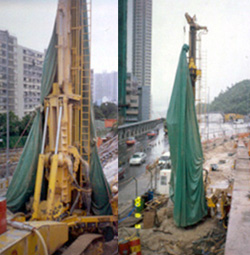 |
| |
| Wrap piling rig with impervious sheeting |
|
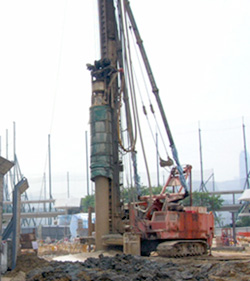 |
| |
| Wrap piling rig with retractable impervious tube |
|
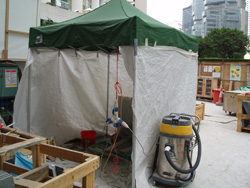 |
| |
| Shelter cement batching station on top and 3 sides for cement batching and mixing |
|
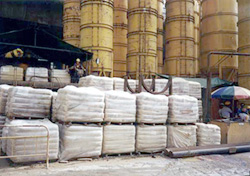 |
| |
| Impervious sheet cover for cement bags |
|
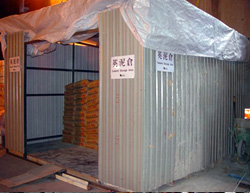 |
| |
| Storage housing for cement bags |
|
Noise Pollution
| Common Problems |
Relevant Environmental Control |
| - |
Under the Noise Control Ordinance, Cap. 400, percussive piling may only be carried out in accordance with a Construction Noise Permit. |
Practical Solutions
- Prohibit the use of noisy diesel, pneumatic and steam hammers for percussive piling
- Apply for a Construction Noise Permit for carrying out of percussive piling
- Notify the neighborhood on the schedule of noisy piling works
- Erect noise barrier to screen noisy piling works from noise sensitive receivers
Water Pollution
| Common Problems |
Relevant Environmental Control |
| Discharge into stormwater drain |
Under the Water Pollution Control Ordinance, Cap. 358, discharge of polluted waters into stormwater drains is not permitted, discharging wastewater from construction activities into sewers or elsewhere should comply with the terms and conditions of a licence issued by the EPD. |
Practical Solutions
- Should apply Water Pollution Control Ordinance (WPCO) licence from the EPD
- Provide channels, earth bunds or sandbags barriers around the piling area to prevent the wastewater from direct discharging
- Recirculate the wastewater used in boring as far as possible after sedimentation
- Treat wastewater to meet the conditions of discharge license prior to discharging
- Conduct regular self-monitoring checks to ensure the quality of the discharge meet the prescribed standard
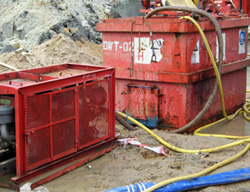 |
| |
| Water pump and water tank for water recirculation |
|
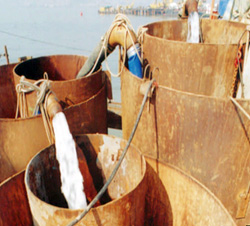 |
| |
| Recirculate wastewater using bored pile casings |
|
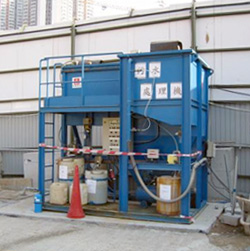 |
| |
| Proprietary wastewater treatment plant using coagulant to enhance sedimentation efficiency |
|
|
|